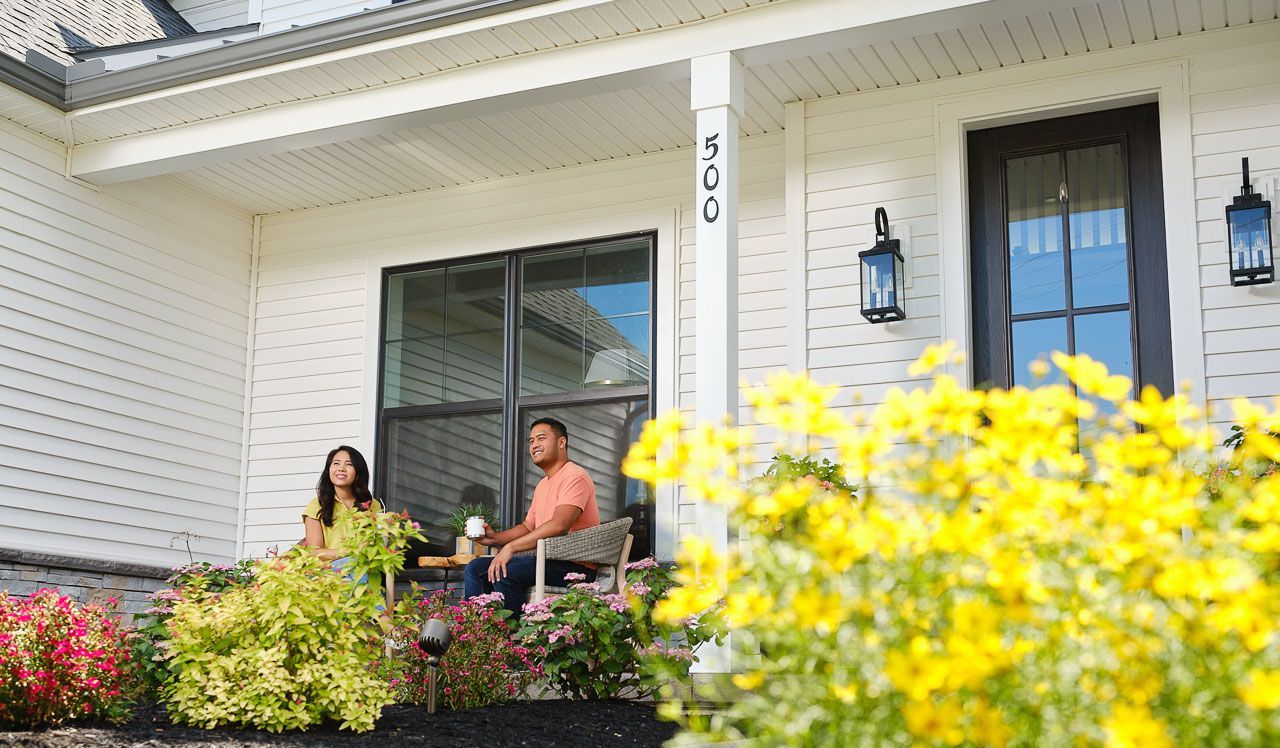info@ownalandmark.com
This is a subtitle for your new post
The Fall weather has arrived! Changing seasons comes with other maintenance that is needed around your home. We've compiled a list of things to do to help prepare your home for the months ahead.
Inspect the roof and exterior of your home
Inspect the overall exterior, including the roof of your home, for any missing/cracked shingles and any siding or paint that may be chipped.
Clean out the gutters
It's important to clear out your gutters and downspouts, and keep them free of debris. Clogged gutters can cause ice dams, which can lead to damage requiring expensive repairs. Once the leaves fall this Autumn, make sure to clean out the leaves, twigs, and any other debris that may have gotten stuck in your gutters or downspouts.
Change your filters
Furnace filters often trap dust that can end up being distributed throughout your home. Dirty filters can make it more difficult to keep your home at your desired temperature throughout the year, which can result in more costly utility bills. It's recommended to replace your air filters every three months.
Prepare your lawn
To prepare your lawn, rake up the dead leaves and use a high phosphorous fertilizer in preparation for spring.
Protect your faucets from freezing temperatures
Drain the water from your garden hoses and store them away for winter. Shut off outdoor water valves in early Fall to prepare for the cold weather ahead.
Test your winter equipment
Make sure to test your weather equipment, such as your snow blower, before the winter weather hits. It's better to be prepared ahead of time than out of luck when the snow hits!
Check your smoke detectors and carbon monoxide monitors
Test your smoke detectors, carbon monoxide monitors, and flashlights to ensure that they are still functioning properly and replace with new batteries.
Check for air leaks
Inspect around your doors and windows for any potential air leaks. You can do this by moving your hand around the frame to feel for any areas where air is coming in. Then, make sure to seal them off with weather stripping or caulk.
Bring your outdoor furniture inside
Even though outdoor furniture is meant to be outside, it's a good idea to bring furniture and cushions inside during the harsh winter months. If you're running low on space to store it inside, then investing in a furniture cover can be a great option as well.
Inspect your fireplace
No matter how often you use your fireplace, you should always inspect it for any damage or hazards at least once a year. Use a flashlight to check the flue to confirm that the damper opens and closes properly. Also make sure that the flue is free of any bird nests, branches, leaves, or other obstructions. You'll know that it is clear if you can see daylight at the top of the chimney. It may also be a good idea to have a professional chimney sweep inspect the fireplace, for precaution.
Quick Links
Join Our Email List
Thank you for subscribing to our email list! We will include you in future company updates and announcements.
Please try again later.












